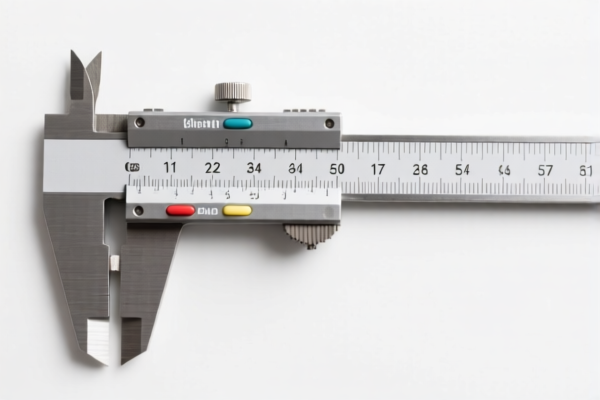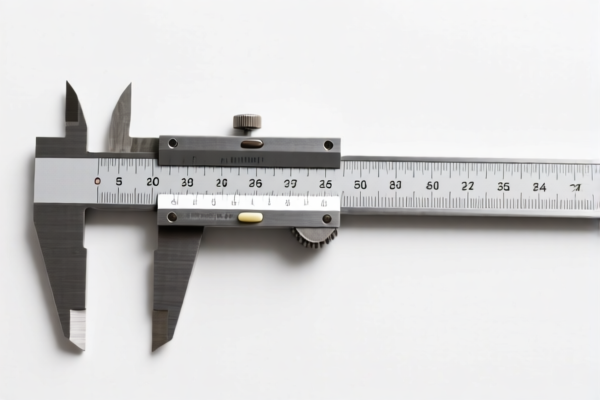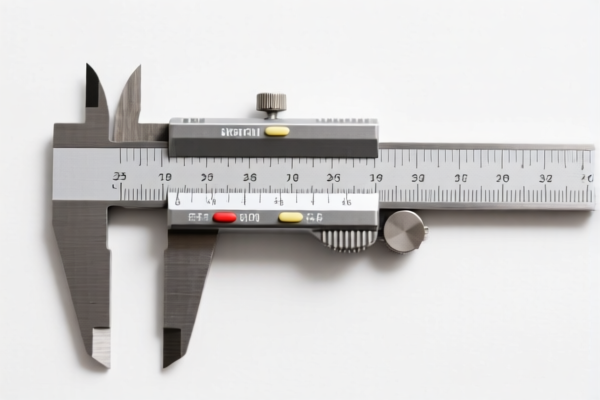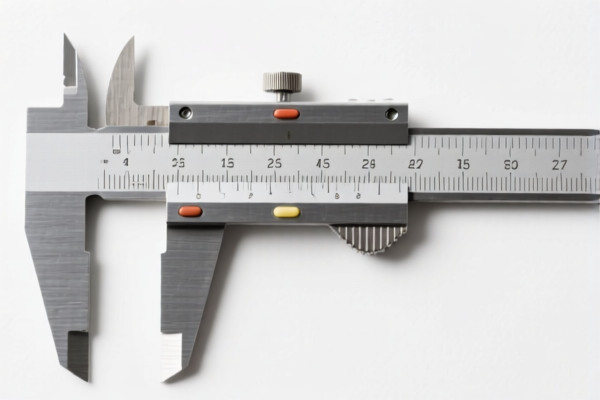| HS Code | Official Doc | Tariff Rate | Origin | Destination | Effective Date |
|---|---|---|---|---|---|
| 9031100000 | Doc | 55.0% | CN | US | 2025-05-12 |
| 9031410020 | Doc | 55.0% | CN | US | 2025-05-12 |
| 9017304000 | Doc | 60.8% | CN | US | 2025-05-12 |
| 9017308000 | Doc | 58.9% | CN | US | 2025-05-12 |
| 8543709860 | Doc | 57.6% | CN | US | 2025-05-12 |
| 8543906500 | Doc | 55.0% | CN | US | 2025-05-12 |




Measuring Instrument
A measuring instrument is a device used to measure a physical quantity. The quantity measured may be length, mass, time, temperature, pressure, flow rate, electrical current, and many others. These instruments are fundamental to scientific experimentation, engineering, and everyday life.
Materials
The materials used in measuring instruments vary widely depending on the quantity being measured and the required precision and accuracy. Common materials include:
- Metals: Stainless steel, aluminum, brass, and alloys are used for their durability, stability, and resistance to corrosion. Often used in housings, scales, and mechanical components.
- Glass: Used in liquid-filled thermometers, barometers, and burettes due to its transparency and chemical inertness. Borosilicate glass is preferred for its resistance to thermal shock.
- Plastics: Used for housings, scales, and components requiring electrical insulation. Polycarbonate and acrylic are common choices.
- Semiconductors: Silicon and other semiconductors are essential in digital instruments for sensors and processing circuits.
- Ceramics: Used in high-temperature sensors and insulators.
- Quartz: Used in quartz crystals for precise timekeeping and frequency control.
Purpose
The primary purpose of a measuring instrument is to provide a quantitative indication of a physical quantity. This allows for:
- Scientific Research: Accurate data collection for experiments and analysis.
- Engineering Design: Precise measurements for component sizing, performance evaluation, and quality control.
- Manufacturing: Monitoring and controlling production processes.
- Calibration: Verifying the accuracy of other instruments.
- Everyday Applications: Tasks such as cooking, construction, and navigation.
Function
Measuring instruments function by converting the physical quantity into a readable signal. This conversion can be achieved through various methods:
- Mechanical: Using physical principles like levers, springs, and gears (e.g., rulers, balances, pressure gauges).
- Electrical: Converting the quantity into an electrical signal (e.g., voltmeters, ammeters, thermocouples).
- Optical: Using light to measure quantities (e.g., lasers for distance measurement, spectrophotometers for light intensity).
- Thermal: Measuring temperature changes (e.g., thermometers, thermal cameras).
- Digital: Converting the physical quantity into a digital signal for display and processing.
Usage Scenarios
Measuring instruments are used in a vast array of scenarios, including:
- Laboratories: Conducting experiments, analyzing samples, and performing research.
- Industrial Settings: Monitoring production processes, controlling quality, and ensuring safety.
- Medical Facilities: Measuring vital signs, diagnosing conditions, and monitoring treatment.
- Construction Sites: Measuring dimensions, levels, and angles.
- Automotive Industry: Measuring engine performance, emissions, and vehicle dimensions.
- Meteorology: Measuring temperature, pressure, humidity, and wind speed.
- Navigation: Determining position, speed, and direction.
Common Types
Measuring instruments can be broadly categorized by the quantity they measure:
- Length/Distance: Rulers, tape measures, micrometers, calipers, laser distance meters, surveying instruments.
- Mass: Balances (analytical, digital, spring), scales.
- Time: Clocks, stopwatches, timers, chronometers.
- Temperature: Thermometers (mercury, digital, infrared), thermocouples, pyrometers.
- Pressure: Barometers, pressure gauges (analog, digital), manometers.
- Volume: Graduated cylinders, burettes, pipettes, volumetric flasks.
- Electrical Quantity: Voltmeters, ammeters, ohmmeters, multimeters, oscilloscopes.
- Flow Rate: Flow meters (rotameters, turbine flow meters, ultrasonic flow meters).
- Angle: Protractors, inclinometers, levels, theodolites.
- Light: Photometers, spectrophotometers, lux meters.
- Force: Dynamometers, load cells, spring scales.
Measuring instruments encompass a broad range of devices used for determining physical quantities. Based on the provided information, several HS codes may be relevant depending on the specific type of measuring instrument.
Here are the potentially applicable HS codes:
- 9031100000: This code covers measuring or checking instruments, appliances and machines not specified elsewhere in this chapter; profile projectors; parts and accessories thereof: Machines for balancing mechanical parts. This includes instruments used for dynamic or static balancing of rotating parts. The total tax rate is 55.0%, comprised of a 0.0% base tariff and a 25.0% additional tariff, increasing to 30% after April 2, 2025.
- 9031410020: This code specifically covers measuring or checking instruments, appliances and machines not specified elsewhere in this chapter; profile projectors; parts and accessories thereof: Test benches. These are typically used for comprehensive testing of various components or systems. The total tax rate is 55.0%, comprised of a 0.0% base tariff and a 25.0% additional tariff, increasing to 30% after April 2, 2025.
- 9017304000: This code covers drawing, marking-out or mathematical calculating instruments; instruments for measuring length, for use in the hand; parts and accessories thereof: Micrometers, calipers and gauges: Micrometers and calipers. These are handheld precision instruments used for accurate length measurements. The total tax rate is 60.8%, comprised of a 5.8% base tariff and a 25.0% additional tariff, increasing to 30% after April 2, 2025.
- 9017308000: This code covers drawing, marking-out or mathematical calculating instruments; instruments for measuring length, for use in the hand; parts and accessories thereof: Micrometers, calipers and gauges: Other. This category includes micrometers, calipers, and gauges not specifically classified elsewhere. The total tax rate is 58.9%, comprised of a 3.9% base tariff and a 25.0% additional tariff, increasing to 30% after April 2, 2025.
It is important to determine the precise function and application of the measuring instrument to select the most appropriate HS code.
Customer Reviews
No reviews yet.